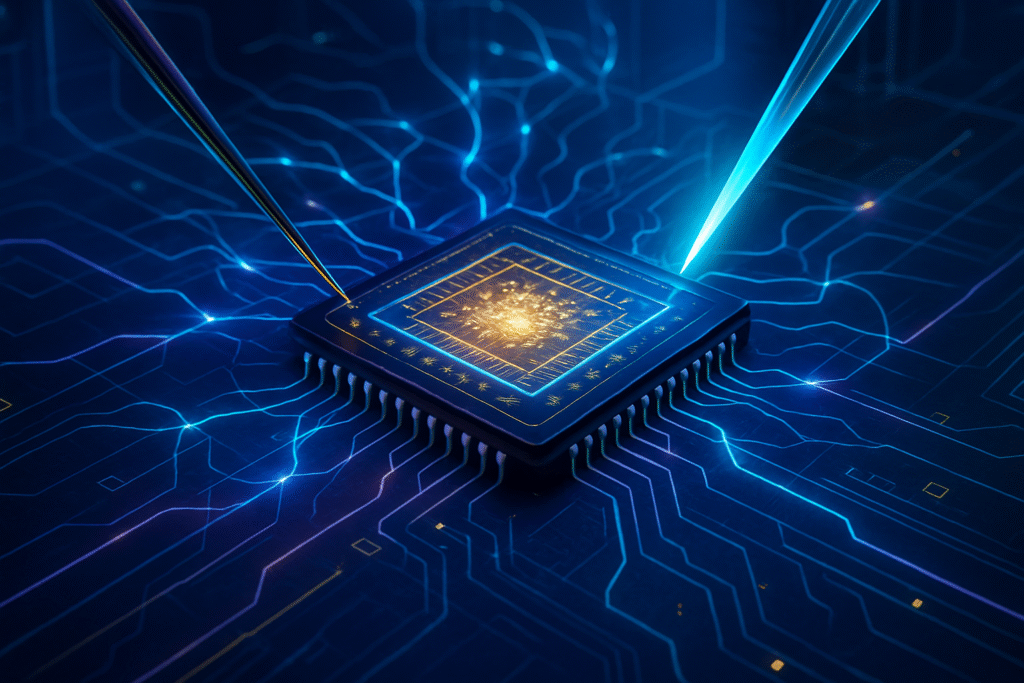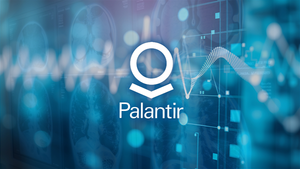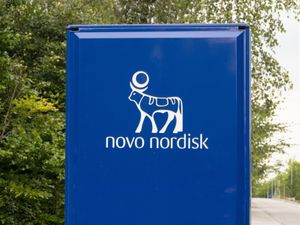
Boston, MA – October 15, 2025 – The highly anticipated Q3 2025 earnings report from Teradyne (NASDAQ: TER), a global leader in automated test equipment, is set to reveal a robust performance driven significantly by the insatiable demand from the artificial intelligence sector. As the tech world grapples with the escalating complexity of AI chips, Teradyne's recent product announcements and strategic focus highlight a pivotal shift in semiconductor testing – one where precision, speed, and AI-driven methodologies are not just advantageous, but absolutely critical for the future of AI hardware.
This period marks a crucial juncture for the semiconductor test equipment industry, as it evolves to meet the unprecedented demands of next-generation AI accelerators, high-performance computing (HPC) architectures, and the intricate world of chiplet-based designs. Teradyne's financial health and technological breakthroughs, particularly its new platforms tailored for AI, serve as a barometer for the broader industry's capacity to enable the continuous innovation powering the AI revolution.
Technical Prowess in the Age of AI Silicon
Teradyne's Q3 2025 performance is expected to validate its strategic pivot towards AI compute, a segment that CEO Greg Smith has identified as the leading driver for the company's semiconductor test business throughout 2025. This focus is not merely financial; it's deeply rooted in significant technical advancements that are reshaping how AI chips are designed, manufactured, and ultimately, brought to market.
Among Teradyne's most impactful recent announcements are the Titan HP Platform and the UltraPHY 224G Instrument. The Titan HP is a groundbreaking system-level test (SLT) platform specifically engineered for the rigorous demands of AI and cloud infrastructure devices. Traditional component-level testing often falls short when dealing with highly integrated, multi-chip AI modules. The Titan HP addresses this by enabling comprehensive testing of entire systems or sub-systems, ensuring that complex AI hardware functions flawlessly in real-world scenarios, a critical step for validating the performance and reliability of AI accelerators.
Complementing this, the UltraPHY 224G Instrument, designed for the UltraFLEXplus platform, is a game-changer for verifying ultra-high-speed physical layer (PHY) interfaces. With AI chips increasingly relying on blisteringly fast data transfer rates, supporting speeds up to 224 Gb/s PAM4, this instrument is vital for ensuring the integrity of high-speed data pathways within and between chips. It directly contributes to "Known Good Die" (KGD) workflows, essential for assembling multi-chip AI modules where every component must be verified before integration. This capability significantly accelerates the deployment of high-performance AI hardware by guaranteeing the functionality of the foundational communication layers.
These innovations diverge sharply from previous testing paradigms, which were often less equipped to handle the complexities of angstrom-scale process nodes, heterogeneous integration, and the intense power requirements (often exceeding 1000W) of modern AI devices. The industry's shift towards chiplet-based architectures and 2.5D/3D advanced packaging necessitates comprehensive test coverage for KGD and "Known Good Interposer" (KGI) processes, ensuring seamless communication and signal integrity between chiplets from diverse process nodes. Initial reactions from the AI research community and industry experts have been overwhelmingly positive, recognizing these tools as indispensable for maintaining the relentless pace of AI chip development. Stifel, for instance, raised Teradyne's price target, acknowledging its expanding and crucial role in the compute semiconductor test market.
Reshaping the AI Competitive Landscape
The advancements in semiconductor test equipment, spearheaded by companies like Teradyne, have profound implications for AI companies, tech giants, and burgeoning startups alike. Companies at the forefront of AI chip design, such as NVIDIA (NASDAQ: NVDA), AMD (NASDAQ: AMD), and Google (NASDAQ: GOOGL) with its Tensor Processing Units (TPUs), stand to benefit immensely. Faster, more reliable, and more comprehensive testing means these companies can accelerate their design cycles, reduce development costs, and bring more powerful, error-free AI hardware to market quicker. This directly translates into a competitive edge in the fiercely contested AI hardware race.
Teradyne's reported capture of approximately 50% of non-GPU AI ASIC designs highlights its strategic advantage and market positioning. This dominance provides a critical bottleneck control point, influencing the speed and quality of AI hardware innovation across the industry. For major AI labs and tech companies investing heavily in custom AI silicon, access to such cutting-edge test solutions is paramount. It mitigates the risks associated with complex chip designs and enables the validation of novel architectures that push the boundaries of AI capabilities.
The potential for disruption is significant. Companies that lag in adopting advanced testing methodologies may find themselves at a disadvantage, facing longer development cycles, higher defect rates, and increased costs. Conversely, startups focusing on specialized AI hardware can leverage these sophisticated tools to validate their innovative designs with greater confidence and efficiency, potentially leapfrogging competitors. The strategic advantage lies not just in designing powerful AI chips, but in the ability to reliably and rapidly test and validate them, thereby influencing market share and leadership in various AI applications, from cloud AI to edge inference.
Wider Significance in the AI Epoch
These advancements in semiconductor test equipment are more than just incremental improvements; they are foundational to the broader AI landscape and its accelerating trends. As AI models grow exponentially in size and complexity, demanding ever-more sophisticated hardware, the ability to accurately and efficiently test these underlying silicon structures becomes a critical enabler. Without such capabilities, the development of next-generation large language models (LLMs), advanced autonomous systems, and groundbreaking scientific AI applications would be severely hampered.
The impact extends across the entire AI ecosystem: from significantly improved yields in chip manufacturing to enhanced reliability of AI-powered devices, and ultimately, to faster innovation cycles for AI software and services. However, this evolution is not without its concerns. The sheer cost and technical complexity of developing and operating these advanced test systems could create barriers to entry for smaller players, potentially concentrating power among a few dominant test equipment providers. Moreover, the increasing reliance on highly specialized testing for heterogeneous integration raises questions about standardization and interoperability across different chiplet vendors.
Comparing this to previous AI milestones, the current focus on testing mirrors the critical infrastructure developments that underpinned earlier computing revolutions. Just as robust compilers and operating systems were essential for the proliferation of software, advanced test equipment is now indispensable for the proliferation of sophisticated AI hardware. It represents a crucial, often overlooked, layer that ensures the theoretical power of AI algorithms can be translated into reliable, real-world performance.
The Horizon of AI Testing: Integration and Intelligence
Looking ahead, the trajectory of semiconductor test equipment is set for even deeper integration and intelligence. Near-term developments will likely see a continued emphasis on system-level testing, with platforms evolving to simulate increasingly complex real-world AI workloads. The long-term vision includes a tighter convergence of design, manufacturing, and test processes, driven by AI itself.
One of the most exciting future developments is the continued integration of AI into the testing process. AI-driven test program generation and optimization will become standard, with algorithms analyzing vast datasets to identify patterns, predict anomalies, and dynamically adjust test sequences to minimize test time while maximizing fault coverage. Adaptive testing, where parameters are adjusted in real-time based on interim results, will become more prevalent, leading to unparalleled efficiency. Furthermore, AI will enhance predictive maintenance for test equipment, ensuring higher uptime and optimizing fab efficiency.
Potential applications on the horizon include the development of even more robust and specialized AI accelerators for edge computing, enabling powerful AI capabilities in resource-constrained environments. As quantum computing progresses, the need for entirely new, highly specialized test methodologies will also emerge, presenting fresh challenges and opportunities. Experts predict that the future will see a seamless feedback loop, where AI-powered design tools inform AI-powered test methodologies, which in turn provide data to refine AI chip designs, creating an accelerating cycle of innovation. Challenges will include managing the ever-increasing power density of chips, developing new thermal management strategies during testing, and standardizing test protocols for increasingly fragmented and diverse chiplet ecosystems.
A Critical Enabler for the AI Revolution
In summary, Teradyne's Q3 2025 results and its strategic advancements in semiconductor test equipment underscore a fundamental truth: the future of artificial intelligence is inextricably linked to the sophistication of the tools that validate its hardware. The introduction of platforms like the Titan HP and instruments such as the UltraPHY 224G are not just product launches; they represent critical enablers that ensure the reliability, performance, and accelerated development of the AI chips that power our increasingly intelligent world.
This development holds immense significance in AI history, marking a period where the foundational infrastructure for AI hardware is undergoing a rapid and necessary transformation. It highlights that breakthroughs in AI are not solely about algorithms or models, but also about the underlying silicon and the robust processes that bring it to fruition. The long-term impact will be a sustained acceleration of the AI revolution, with more powerful, efficient, and reliable AI systems becoming commonplace across industries. In the coming weeks and months, industry observers should watch for further innovations in AI-driven test optimization, the evolution of system-level testing for complex AI architectures, and the continued push towards standardization in chiplet testing, all of which will shape the trajectory of AI for years to come.
This content is intended for informational purposes only and represents analysis of current AI developments.
TokenRing AI delivers enterprise-grade solutions for multi-agent AI workflow orchestration, AI-powered development tools, and seamless remote collaboration platforms.
For more information, visit https://www.tokenring.ai/.






